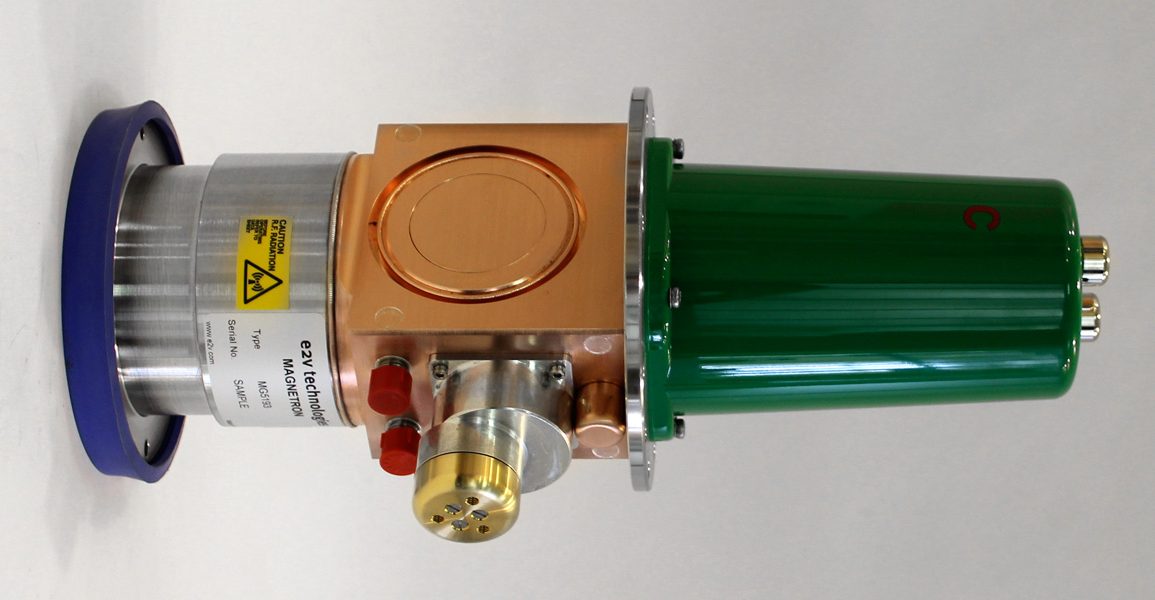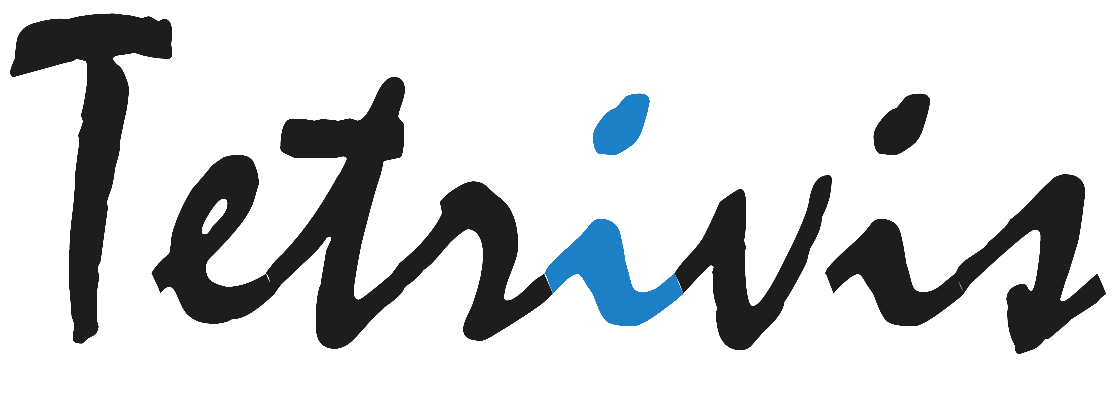Magnetrons, mm-Wave, Diathermy and Oncology

The Microwave oven was an accidental invention. Percy Spencer, an American Engineer developing Magnetrons for short-wavelength Radar transmitters at Raytheron, noticed that microwave radiation from a Radar set he was experimenting on, started to melt the peanut-cluster bar in his pocket. Further experimentation by Percy Spencer in containing the microwave radiation in a closed metal box rapidly elevated cooking temperature. Great advancements in kilowatt-level compact Cavity Magnetrons by John Randall and Harry Boot at the University of Birmingham, England in 1940 meant that Raytheron
had a viable product. With a 1945 U.S. patent filed for Spencer’s microwave cooking process, the 1.8m tall 340kg Radarange, the first commercial microwave oven, launched in 1946. Microwave ovens have since evolved and metamorphosed into the lighter, compact low-cost units we have in our homes. Magnetrons are now almost exclusively used for microwave ovens and over a billion of them have been made and sold to date. Large industrial microwave ovens operate at 915MHz (32.8cm wavelength). Smaller consumer microwave ovens operate at around 2.45GHz (12.2cm wavelength).
Diathermy, the tissue-heating effect of electromagnetic waves for medical therapeutic purposes, is well known and is produced by ultrasound (around 1MHz), shortwave (13.56MHz, 27.12MHz, and 40.68MHz), microwave (434MHz, 915MHz and 2.45GHz) and lately, millimetre-wave or mm-Wave (35GHz, 42.2GHz, 53.6GHz, 61.2GHz and 78GHz) instruments. Diathermy techniques are used in Oncology to destroy cancers, tumours and infected tissue (Hyperthermia Therapy). They are also used for precision cauterisation of blood vessels during neurosurgery and ocular surgery. German physician
Karl Franz Nagelschmidt is considered the father of Diathermy.
A recent IEEE article on Vacuum Tubes was a reminder of the crucial part that Magnetrons still play in Radiation Oncology for the treatment of cancer cells in tumours. Solid-state devices are increasingly replacing lower-power Vacuum Tube and Magnetron functions in Radiation Oncology instruments. Phased arrays are also being extensively used for Medical Diagnostic and Imaging applications. In addition to mm-Wave Commercial, Security, Medical and Oncology Imaging, mm-Wave radiation is increasingly being used as an economic, accessible, non-pharmaceutical and non-invasive therapy regimen for Oncological disease treatment (body cells resonate at specific mm-Wave frequencies).
Tetrivis KuKa family of microwave and mm-Wave phased-array chipsets is sufficiently low-cost for implementing economical low-power Radiation equipment for resonance-based Oncology treatment. The TRV003 (Rx) and TRV004 (Tx), the first chipsets in the family, taped out for fabrication on 30th September 2020. Both chips support four Ku-Band Dual-Beam and Dual-Polarisation Rx RF-to-Baseband and Tx Baseband-to-RF paths with limited conceptual support for Ka-Band frequencies. Detailed testing will commence on the engineering samples in January 2021, with customer Evaluation Boards available for order in Q1 2021.
